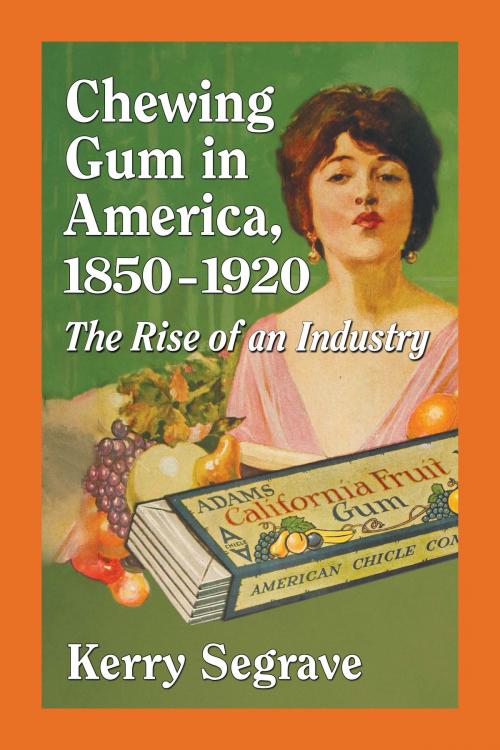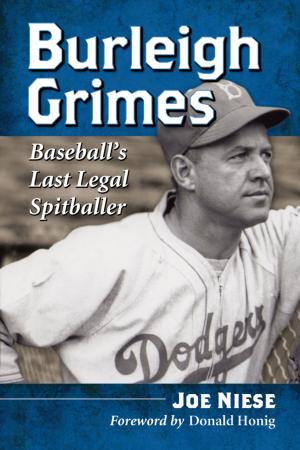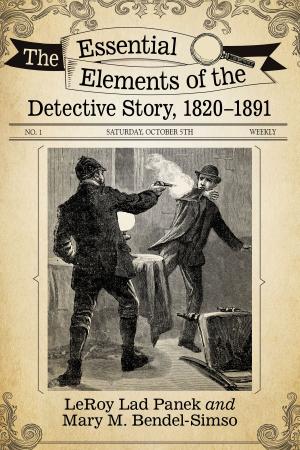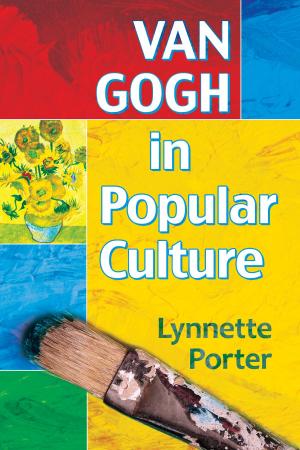Chewing Gum in America, 1850-1920
The Rise of an Industry
Nonfiction, Social & Cultural Studies, Social Science, Cultural Studies, Popular Culture, History| Author: | Kerry Segrave | ISBN: | 9781476619811 |
| Publisher: | McFarland & Company, Inc., Publishers | Publication: | January 28, 2015 |
| Imprint: | Language: | English |
| Author: | Kerry Segrave |
| ISBN: | 9781476619811 |
| Publisher: | McFarland & Company, Inc., Publishers |
| Publication: | January 28, 2015 |
| Imprint: | |
| Language: | English |
Americans began chewing gum long before 1850, scraping resin from spruce trees, removing any bits of bark or insects and chewing the finished product. Commercially-made gum was of limited availability and came in three types—tree resin, pretroleum-based paraffin and chicle-based—the latter, a natural latex, ultimately eclipsing its rivals by 1920. Once considered a women-only bad habit, chewing gum grew in popularity and was soon indulged in by all segments of society. The gum industry tried vigorously to export the habit, but it proved uniquely American and would not stick abroad. This book examines the chewing gum industry in the United States from 1850 to 1920, the rise and spread of gum chewing and the reactions—nearly all negative—to the habit from editorial writers, reformers, religious figures, employers and the courts. The age-old problem of what to do with chewed gum—some saved it in lockets around their neck; some shared it with friends—is also covered.
Americans began chewing gum long before 1850, scraping resin from spruce trees, removing any bits of bark or insects and chewing the finished product. Commercially-made gum was of limited availability and came in three types—tree resin, pretroleum-based paraffin and chicle-based—the latter, a natural latex, ultimately eclipsing its rivals by 1920. Once considered a women-only bad habit, chewing gum grew in popularity and was soon indulged in by all segments of society. The gum industry tried vigorously to export the habit, but it proved uniquely American and would not stick abroad. This book examines the chewing gum industry in the United States from 1850 to 1920, the rise and spread of gum chewing and the reactions—nearly all negative—to the habit from editorial writers, reformers, religious figures, employers and the courts. The age-old problem of what to do with chewed gum—some saved it in lockets around their neck; some shared it with friends—is also covered.















